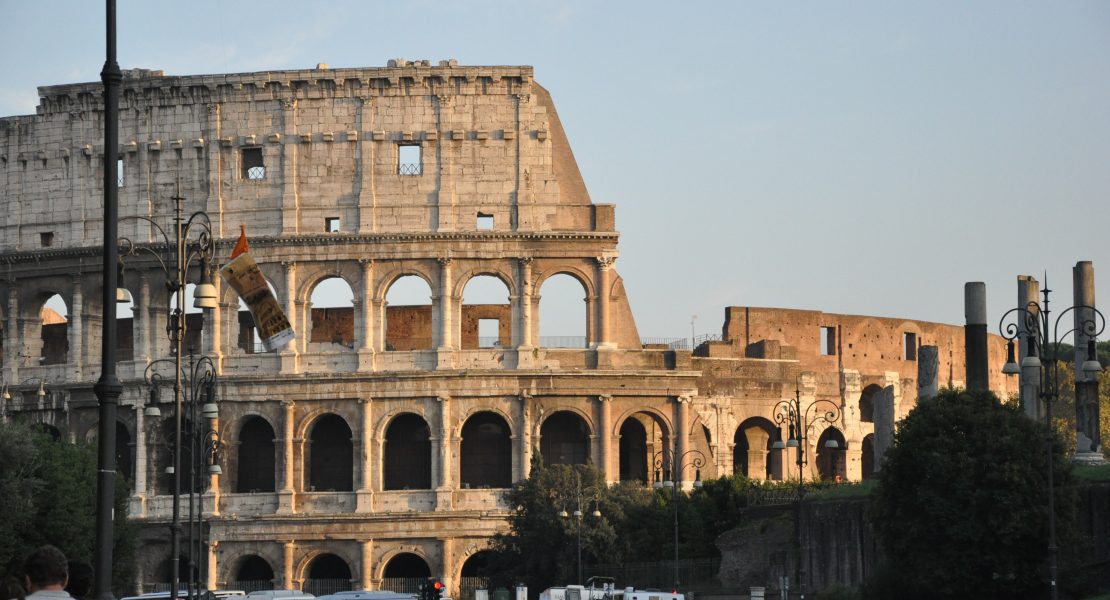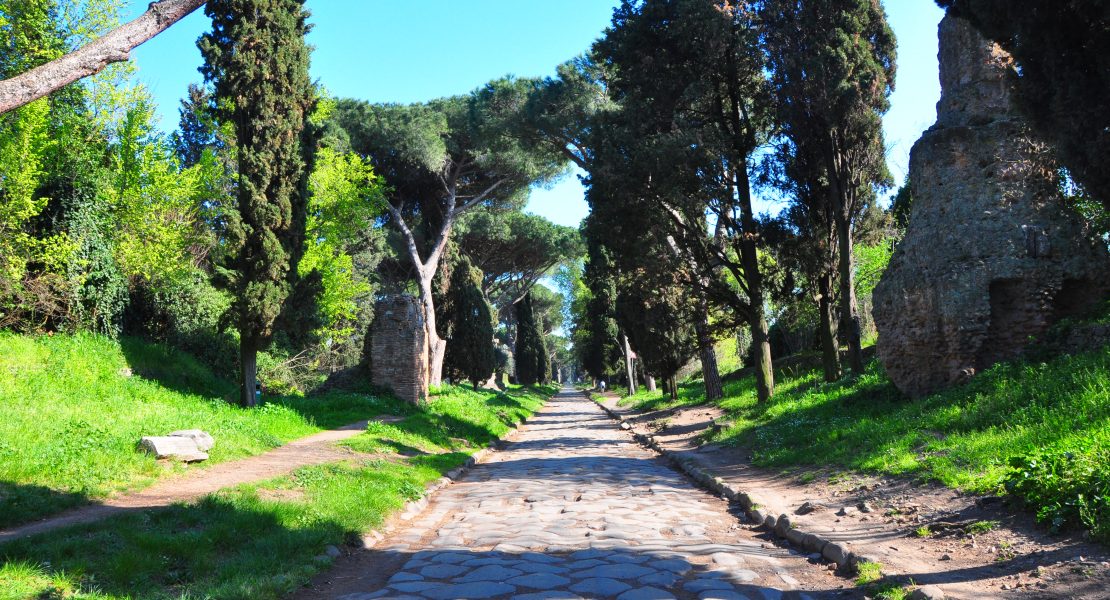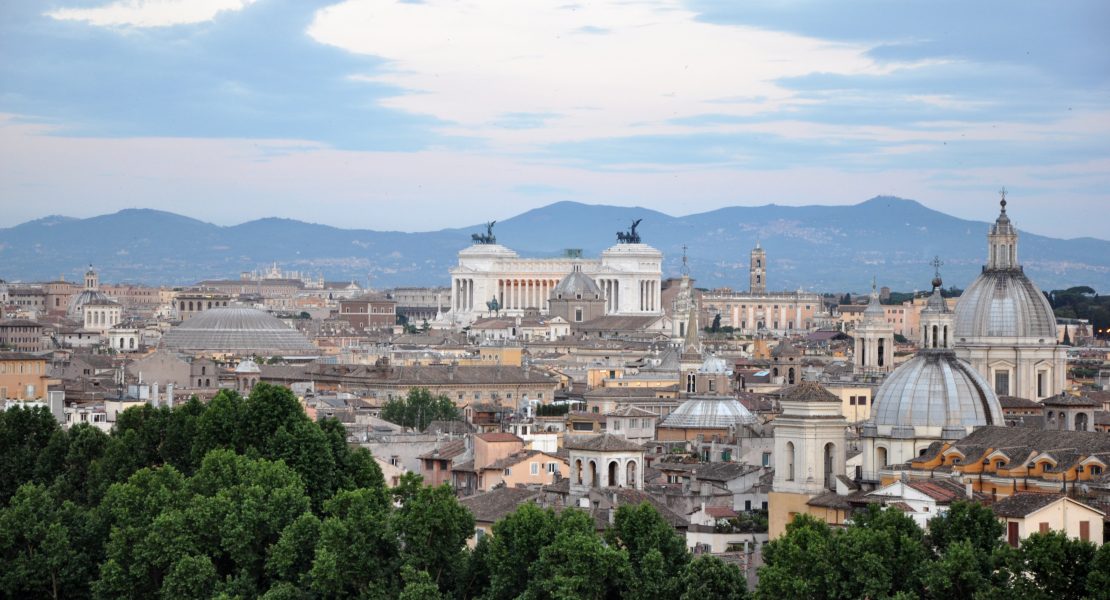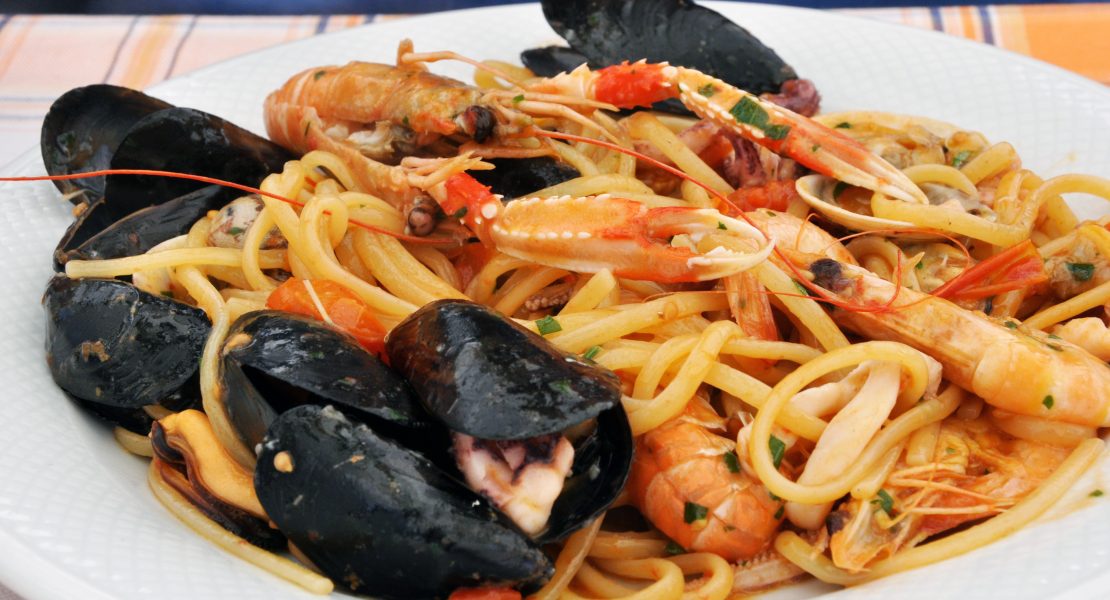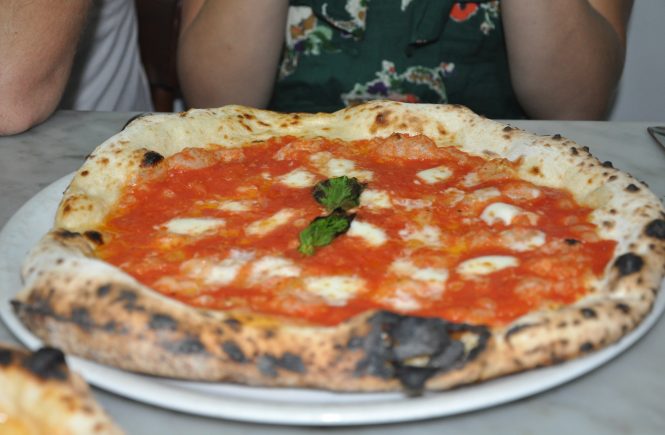While we all continue to wait to see if the Colosseum's underground will reopen, here's another one of Rome's best-kept secrets: the subterranean mithraeum of Circus Maximus.
Hidden below ground next to the famous racetrack, the ancient mithraeum remained a secret for centuries. (It may have even been a secret when worshippers were gathering there in the 2nd or 3rd century!) In fact, it wasn't until 1931 that the five-room building was discovered… 45 feet below ground. Today, the mithraeum lies beneath the Foundation of Rome's Teatro dell'Opera.
Let me put it this way: Rome has a lot of hidden gems. But few things are more surprising than descending down a stairwell in a nondescript building… only to find such well-preserved ancient chambers!
Thanks to different clues left within the rooms — including, most excitingly, a fantastic frieze showing Mithras slaying a bull (the original was removed for preservation; the copy is shown below) — archaeologists concluded that the chamber was nothing other than a 2nd-century center of worship for followers of the cult of Mithras. 
But that doesn't, actually, tell us as much as you might expect. Because of all the pagan cults of ancient Rome, the Mithraic sect might have been the most mysterious.
No first-hand accounts or scriptures of the cult have survived. What we do know is that Mithraism seems to have come into existence, at least in its Roman form, in the first century. It became very popular — particularly among Roman soldiers, who probably picked some form of it up from the Persians and Greeks — and then, by the fourth and fifth centuries, faded out altogether. That might be because it was just too similar to another religion on the rise: Christianity. (For one thing, Mithras was seen as a kind of sun god who saved his people by shedding "eternal blood").
We can't be exactly sure what Mithraic followers did in sanctuaries like the one beneath Circus Maximus. But it's thought that one part of their ceremony was the sacrifice of a bull (called tauroctony), which is repeated again and again in Mithraic imagery — including in the frieze found here.
But let's be honest. Even if these underground chambers didn't make up a mithraeum, they'd still be pretty incredible. They're so well-preserved you can still walk beneath the same brick arches and tread on the same floor, with its inlaid marble pattern, as the ancient worshipers. Unlike so many other ancient ruins, you can get a real feel for what the building would have felt like.
And, unlike most ruins you find below ground in Rome today — which originally would have been at ground level — the mithraeum always would have been subterranean. That means you can experience the space almost as ancient worshipers would, perhaps sneaking in here as crowds cheered at the Circus Maximus next door.
The mithraeum at Circus Maximus is open by appointment only, and you have to be with a tour — you can't just wander in on your own. (Given how precious it is, that probably makes sense!) Through May 14, Roma Segreta, the association for those who like these kinds of hidden gems, is running tours of the mithraeum. They're about an hour and cost €6. Here's the schedule of Roma Segreta mithraeum tours. Unfortunately, they're only in Italian — but even if you can't understand a word, it might just be worth it for a peek! The coop Il Sogno also offers tours of the mithraeum, and you can pick the time — they start at €80 for 1 to 4 adults.
Want to find out about Rome's other hidden gems? Check out The Revealed Rome Handbook: Tips and Tricks for Exploring the Eternal City, available for purchase on Amazon, below, or through my site here!

